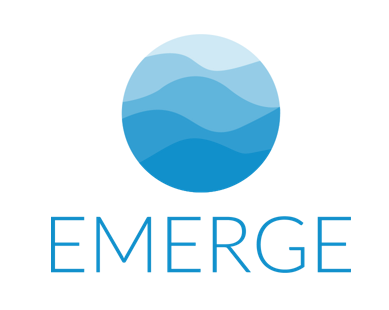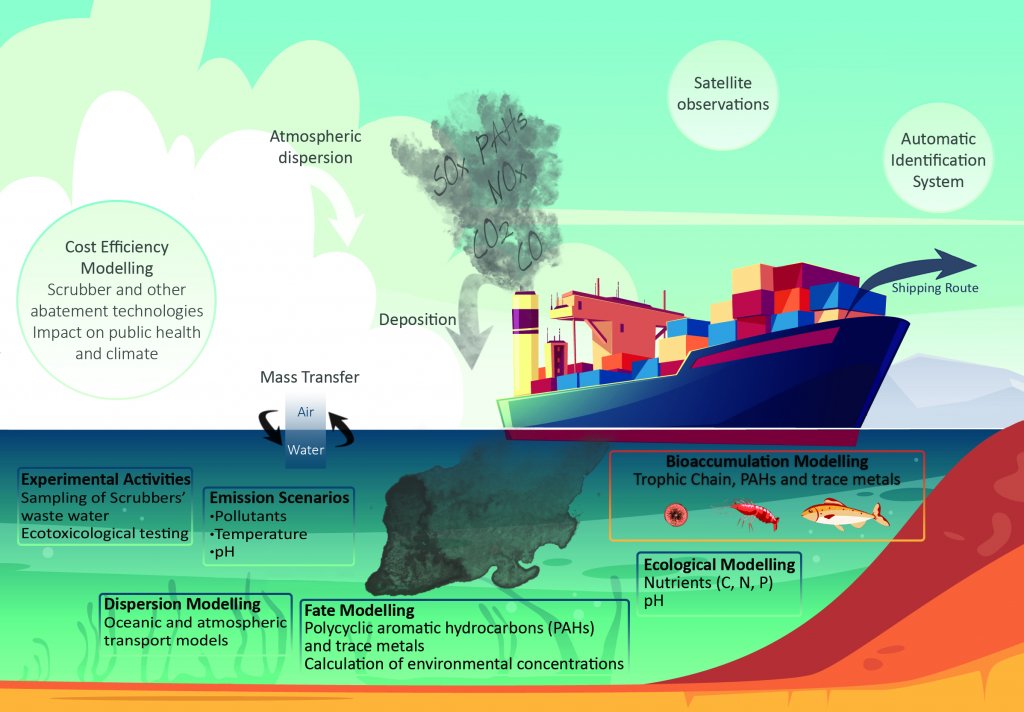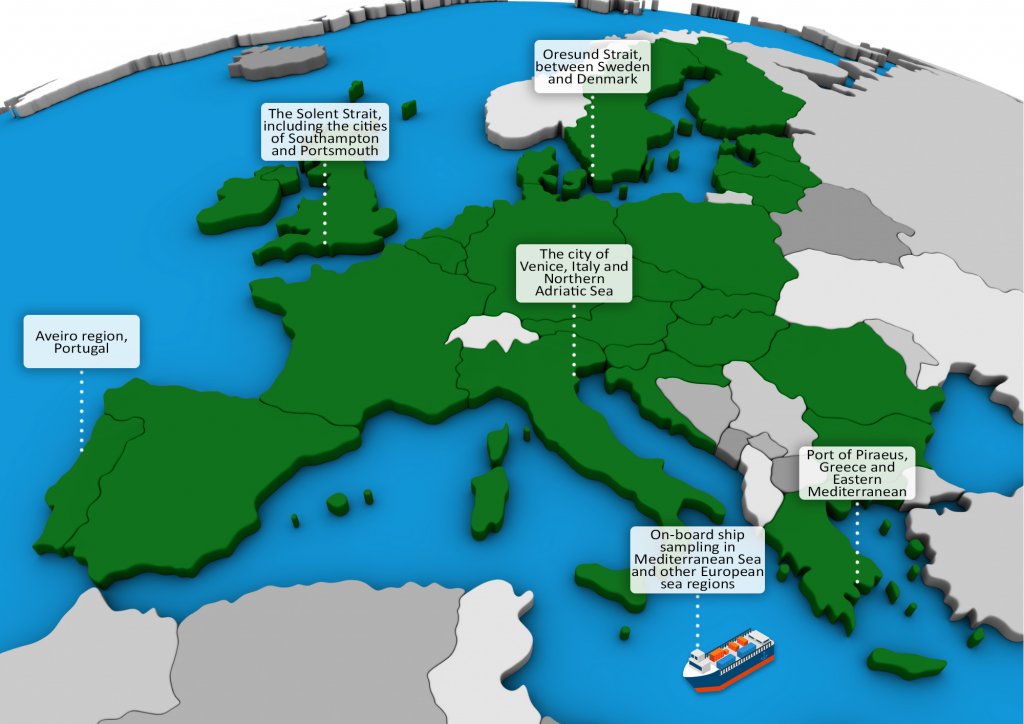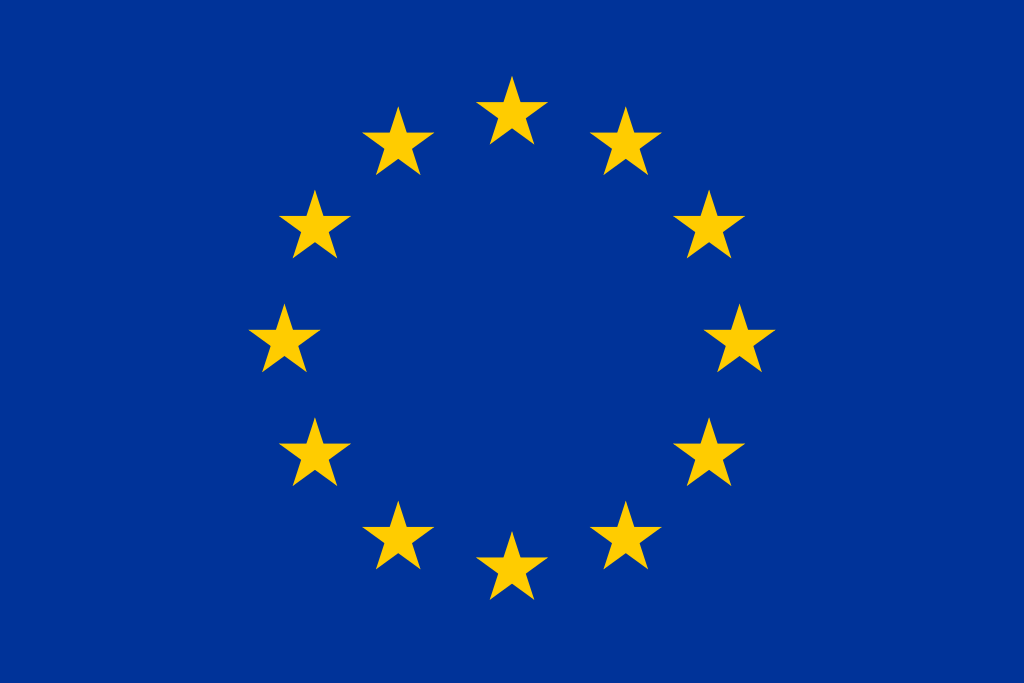
Evaluation, control and Mitigation of the EnviRonmental impacts of shippinG Emissions
Scope
EMERGE will systematically analyze the complex interactions between technological options, pollutant emissions and dispersion, and environment. It will carry out measurements and modelling on actual vessels, along main shipping routes and in sensitive European marine regions. Measurements will focus on abatement techniques and will include emissions to, and concentrations in water, air and marine biota.

Mission
1. Comprehensively quantify and evaluate the effects of a range of potential emission reduction solutions for shipping in Europe, and
2. Develop more effective strategies and measures to reduce the environmental impacts of shipping.
These aims are distinguished into four specific objectives. EMERGE objectives are achieved in real-world test cases involving actual vessels, main shipping routes and sensitive water estuaries in the EU. In particular, EMERGE argues that we are the only consortium that can model real world emissions of shipping to air and water for the whole of Europe (using STEAM – Ship Traffic Emission Assessment Model).
Objectives
1) Collect and synthesize experimental evidence on air emissions and waste streams of ships with potential emission control technologies.
2) Develop an integrated modelling framework to assess the combined impacts of shipping emission control options on the aquatic and atmospheric environments, including their suitability, efficacy, cost-effectiveness and the bioaccumulation of pollutants.
3) Deploy the modelling framework of objective 2 to assess the medium and long-term suitability, efficacy, cost-effectiveness and potential impacts of a variety of shipping emission control scenarios to the marine environment around the European coastline.
4) Provide recommendations and guidance for the stakeholders and decision-makers on the most suitable, effective and cost-beneficial options to significantly reduce marine pollution.
Implementation
The project will include measurements and modelling on actual vessels. Those will focus on abatement techniques and will include emissions to, and concentrations in water, air and marine biota. A wide spectrum of models will be used, including those for ocean circulation, biogeochemical processes, atmospheric dispersion and the bioaccumulation of pollutants.
Case studies map
Five geographical case studies will be conducted in different ecologically vulnerable regions. Also a mobile onboard case study will be also deployed in various European sea regions.


This project has received funding from the European Union’s Horizon 2020 research and innovation programme under Grant Agreement No. 874990
This work reflects only the authors’ view and CINEA is not responsible for any use that may be made of the information it contains.